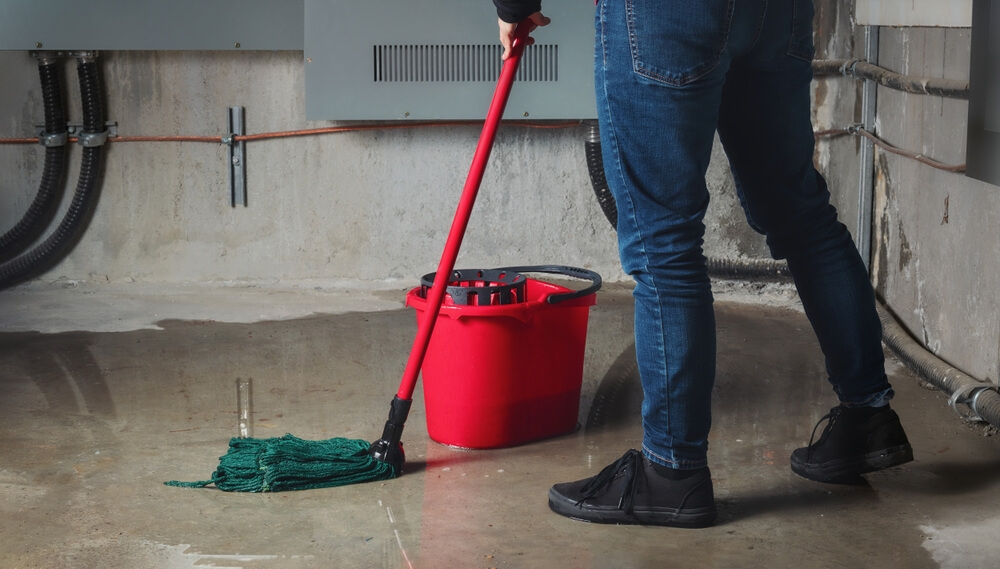
If you are not redirected within 30 seconds, please click here to continue.
Samedi: 10h – 16h HAE

If you are not redirected within 30 seconds, please click here to continue.
If you are not redirected within 30 seconds, please click here to continue.
Does home insurance cover knob and tube wiring?

Picture this: You’ve put in an offer on a beautiful heritage home and during the home inspection, little ceramic tubes with copper wire are found in the walls. Your home inspector turns to you and says the dreaded phrase: “knob and tubing wiring”. Immediately, it conjures up images of a massive renovation project just to replace the wiring. Otherwise, how will you be approved for home insurance?
Before you start contacting contractors and budgeting out the cost to rewire your home it’s helpful to know what exactly knob and tube wiring is, and when it makes sense to keep it or to upgrade.
What is knob and tube wiring?
As the name implies, knob and tube wiring is an old electrical system made up of copper wires that run through porcelain ceramic cylinders — the tubes. The knobs hold the wires in place, while the tubes insulate the wires and prevent them from touching any flammable materials in the house. It is usually found in houses built before the 1950s, which is why you see it in heritage homes that were built or wired up for electricity before that decade. It’s one of the oldest ways to wire up a home for electricity.
At the time, conduit and metal junction boxes were deemed safer but cost twice the amount of K&T wiring. So while knob and tube wiring was cheaper to install, it came with several downsides for both homeowners and insurance providers.
Further reading: That Older Dream Home Can Come With a Higher Insurance Price Tag
Drawbacks of knob and tube wiring
Modern homes now usually feature a grounding wire to channel excess electricity harmlessly into the ground. However, grounding wires didn’t become common until the 1960s — after the heyday of knob and tube. Since grounding wires help protect against fires, a lack of them can mean more electrical fire hazards.
Knob and tube-wired homes are also trickier to insure because of their propensity for wear and tear. The ceramic parts of the knob and tube can wear down and crack, exposing wires to the outside elements and flammable materials like wood and insulation, increasing their fire risk.
Beyond the insurance implications, knob and tube wiring also has trouble powering modern appliances — or as the professionals say, it doesn’t have enough amperage. That’s the amount of electrical charge flowing through a system or the maximum amount a system can safely handle.
Knob and tube wiring can handle up to 60 amps but modern wiring can handle 150 amps. For reference, an electric kettle can draw up to 12 amps, while a washing machine can use up to 20 amps, depending on its size, features and settings. Depending on your lifestyle, your electrical system might not be able to handle more power-sucking appliances that modern homes — and modern families — require.
Special precautions and insurance considerations
So knob and tube wiring is a fire hazard and might not support you running your dishwasher while boiling a kettle of water at the same time. Does that mean you won’t get insurance if you find it in your new-to-you home?
While some companies in Ontario and other provinces do insure homes with knob and tube wiring, finding them might come with some cost and a few headaches. The Insurance Bureau of Canada (IBC) recommends removing the knob and tube wiring to reduce risk, adding that some insurance companies will not insure homes with knob and tube wiring, some will give you time to replace it and others will provide coverage after a safety inspection.
However, even knob and tube-wired houses that pass their safety inspection are likely to face higher premiums. Replacing it could result in a lower home insurance quote and premiums.
Should you replace your knob and tube wiring?
Depending on the size of your home, replacing knob and tube wiring ranges between $7,000 to $14,000 or more. That’s because not only are you replacing the actual wires, you’re also probably adding more outlets, switches and new lighting.
While it’s always a good idea to get a professional home inspection for any home you plan on buying to check for repairs and risks, getting one done for an older home — especially one that suspect may have knob and tube wiring — is even more crucial.
Things a professional should look for include:
● Cracked porcelain ceramic pipes and tubes
● Wearing away of the insulation exposing the wires
● Any exposed or broken wires close to water or insulation
If you’re waiting to upgrade your electrical system, there are several things to keep in mind when dealing with knob and tube wiring:
● Have it inspected regularly by a professional electrician
● Any repairs should also be done by a professional
● Don’t run too many appliances at the same time
● Make sure your outlets are installed with GFCI (ground fault circuit interrupter) outlets as they will reset when a circuit or fuse is blown.
Having that information can help you make the right decision, whether that’s to keep the knob and tube for now or to replace it immediately out of safety and insurance-related concerns.
Regardless of what your next step is, make sure you’re getting the best deal on the coverage you need for your home by comparing home insurance rates.
Compare home and seasonal property insurance quotes for free!
Get money-saving tips in your inbox.
Stay on top of personal finance tips from our money experts!










